American Mouse Bean (Amphicarpaea bracteata)(prev. Falcata comosa)
Food Uses:
Cherokee: Underground fruit used for bean bread and cooked like pinto beans or added to cornmeal and hot water. Roots also used for food.
Chippewa: Fruit and roots consumed.
Dakota, Omaha, Pawnee, Ponca, and Winnebago: Beans eaten for taste and nutrition.
Meskwaki: Nuts gathered from mice stores and used.
Ojibwa: Roots and beans cooked and eaten.
Omaha: Roots peeled, boiled, and eaten, sometimes stored for winter use after being gathered from field mice stores.
Medicinal Uses:
Cherokee: Root infusion used for diarrhea and snakebite.
Chippewa: Root decoction used as a cathartic.
Iroquois: Plant decoction taken for stomach problems and tuberculosis.
Lakota: Leaf poultice applied to swellings.
Please note: This is not an exhaustive list and may not represent all uses of this plant by all Native American tribes.
Disclaimer: This information is for educational purposes only and should not be interpreted as medical advice. Always consult with a healthcare professional before using any plant for medicinal purposes.
Fun fact: The Mouse Bean's flowers are cleistogamous, and almost exclusively self-pollenated, requiring only a gentle breeze.


